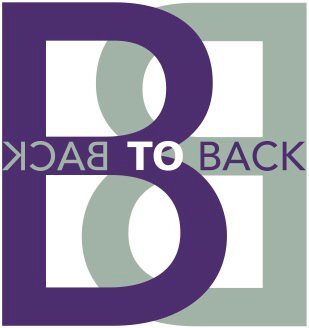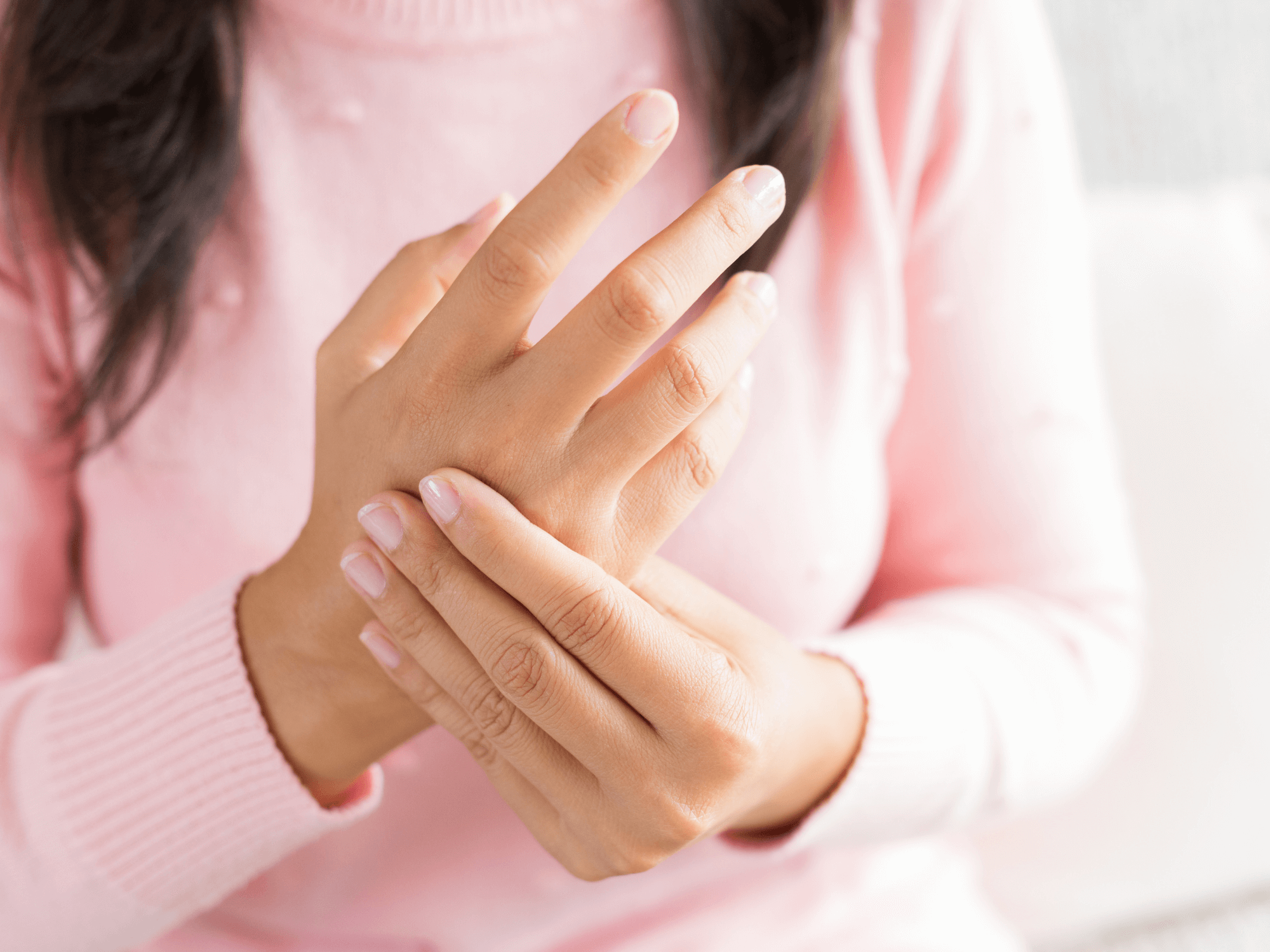Osteoarthritis and Rheumatoid arthritis – isn’t all arthritis the same?
Arthritis is used as a general term to describe stiffness, pain, and inflammation in the joints but in truth there are many types of arthritis which produce differing symptoms.
In this blog post we are going to focus on two types of arthritis - Osteoarthritis and Rheumatoid arthritis. They both affect joints in the body but in very different ways.
Osteoarthritis (OA)
OA is a degenerative type of arthritis where joint cartilage breaks down over time causing stiffness, swelling and joint pain. This is the most common type of arthritis and usually affects larger weight bearing joints such as the hip, usually on one side of the body.
It is more common as we get older and after previous joint injury or surgery. Having a higher BMI, diabetes or previous gout attacks are also risk factors for OA.
The pain can feel worse with activity and better with rest and affected joints can produce pain at night.
The symptoms can take years to build as the arthritis develops slowly over time. As the OA progresses, bone spurs and subchondral cysts can develop on the joints which can be seen on MRI scans.
Rheumatoid arthritis (RA)
RA is an inflammatory type of arthritis caused by the body attacking its own tissues, producing inflammation. It is an auto-immune condition. It usually affects smaller joints such as the fingers and symptoms are usually symmetrical occurring on both sides of the body at the same time.
Symptoms can come on very quickly and can vary in intensity. Affected joints can feel very painful, stiff, and swollen and can get worse with rest and better with movement.
RA usually runs in families and is 2-3 times more common in women. As it is an inflammatory condition, blood markers for inflammation such as C-reactive protein (CRP) and erythrocyte sedimentation rate (ESR) are usually high, along with a positive Rheumatoid factor (RF).
Alongside the musculoskeletal symptoms, RA can cause symptoms in the rest of the body such as tiredness, high temperature, sweating and dry eyes.
Treatment
It is worth having a full assessment and getting an accurate diagnosis for your symptoms so you can find the best course of treatment for you.
For both OA and RA early detection can be helpful so treatments and advice can be introduced, hopefully reducing the risk of joint damage and overall impact of the condition.
In many cases, RA requires medication such as disease-modifying anti-rheumatoid drugs (DMARDs), steroids and other biological treatments.
Physical therapy such as Osteopathy can also help to treat the symptoms associated with arthritis. At the clinic we help people with various types of arthritis with treatment, advice and exercises all centred around the individual’s needs. If required, we can refer for testing and imaging but often this is not necessary.
If you’d like more information or think we could help you, please contact us today.

